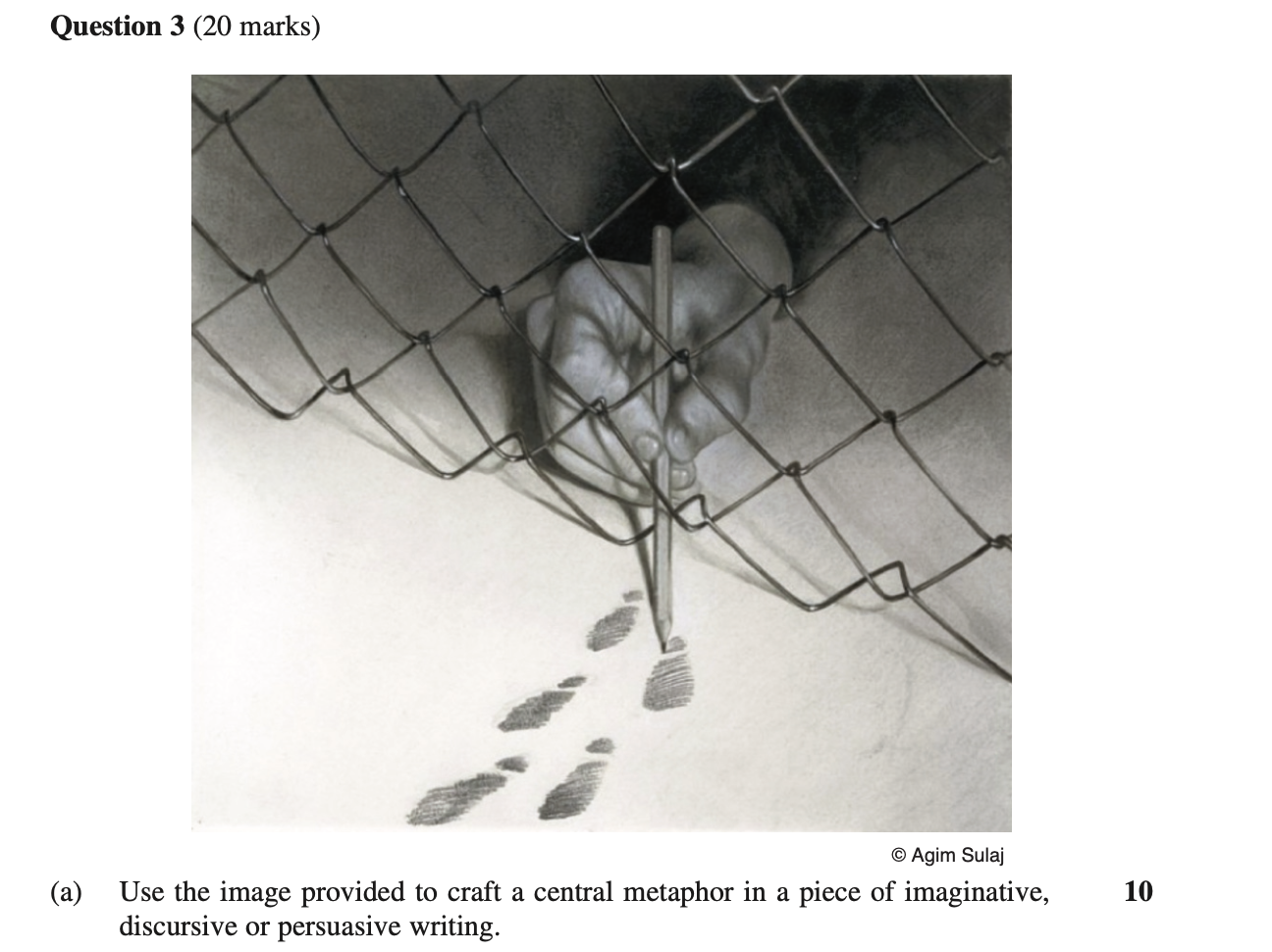
Discursive writing is one of the most versatile forms in the HSC English exams. It asks students to explore a concept rather than argue a single position, allowing them to weave together personal voice, cultural commentary and intertextual references. Teaching it well means demystifying the balance between reflection and argument, and showing students that style is just as important as substance.
I often begin by showing students a strong exemplar. A text like this will open with an anecdotal hook and uses a conversational, self-deprecating voice to build rapport with the reader. Pointing out these features helps students see that discursive writing is not confined to formal essays: it thrives on voice, tone, humour and curiosity.
A key technique to teach is the extended metaphor. In the exemplar, the metaphor of “tasting every chocolate” runs through the piece to tie together otherwise eclectic paragraphs. Extended metaphors provide cohesion and give students a way to make abstract ideas more vivid.
Another powerful device is variation in sentence length. Students often default to long, formal sentences; showing them how a short sentence like “Not anymore.” can punctuate a paragraph for emphasis teaches them control of rhythm.
For structure, I encourage students to think in mini-essays or vignettes: each paragraph can stand almost on its own, united by the central idea. Including an abstract or playful sub-headings (like “Taste Every Chocolate”) is especially effective in Advanced English, demonstrating deliberate crafting of form.
Reflection is essential. Linking their stylistic choices to a prescribed Module C text—for example, Zadie Smith’s That Crafty Feeling—shows students they understand how form influences meaning.
When teaching, model how to brainstorm topics by pairing personal anecdotes with a broader insight: a failed netball trial as a gateway to discussing resilience, or an awkward speech contest leading into authenticity.
Ultimately, successful discursive pieces read as if the writer is inviting the reader into a lively conversation. By combining voice, metaphor, structure and reflection, students can create authentic, insightful responses that satisfy both Standard and Advanced outcomes.
Eleni Nicholas

